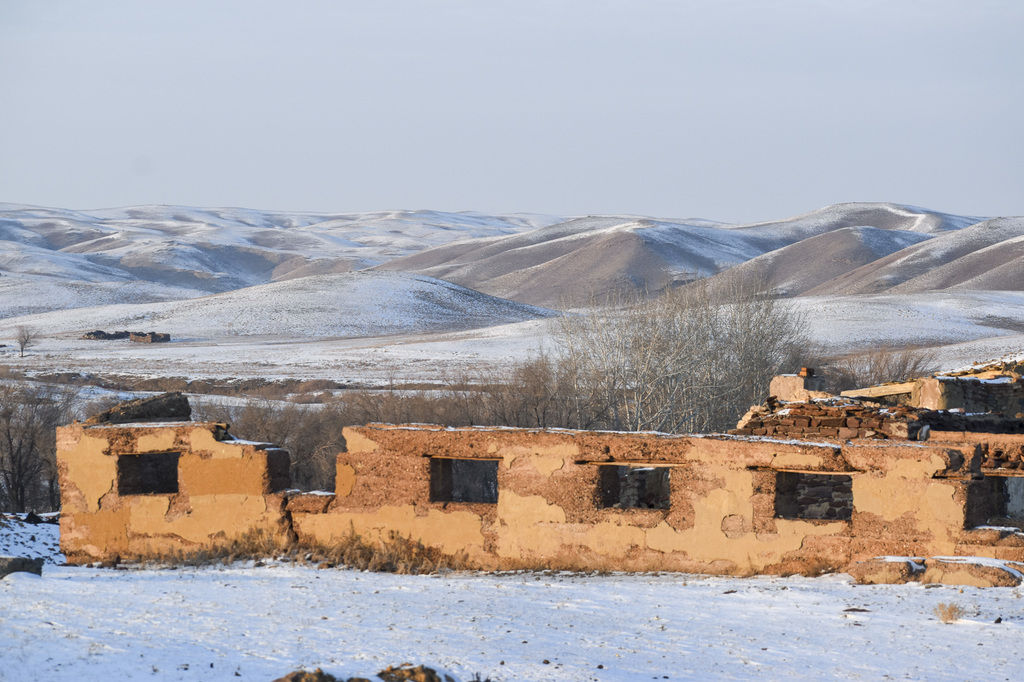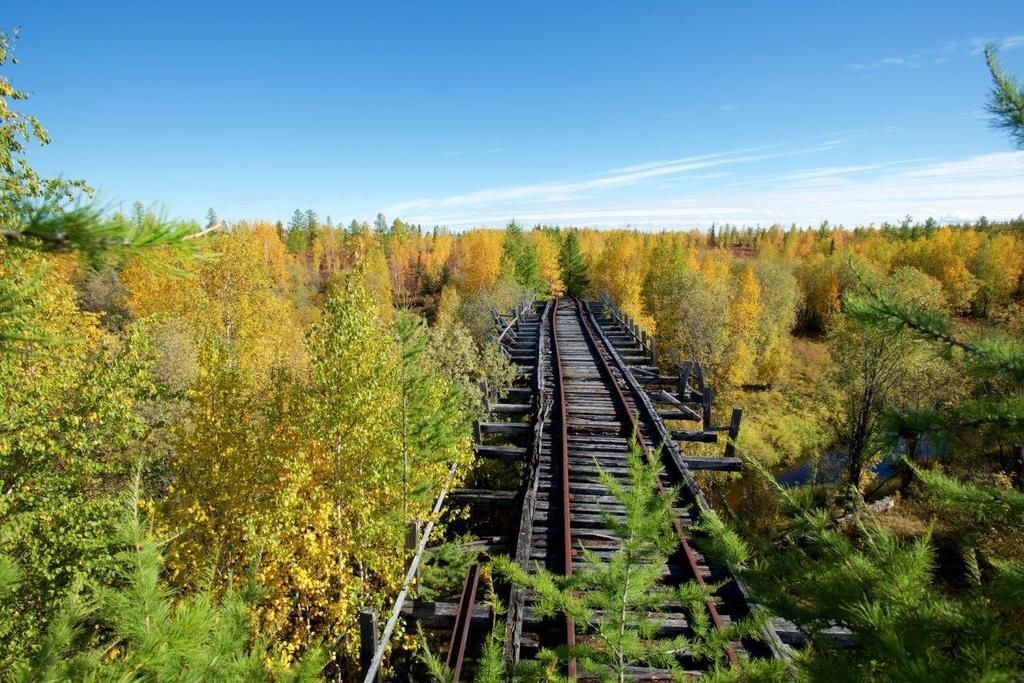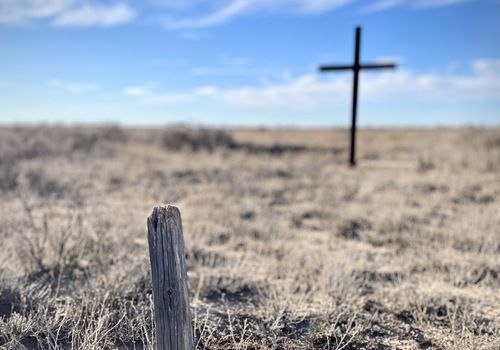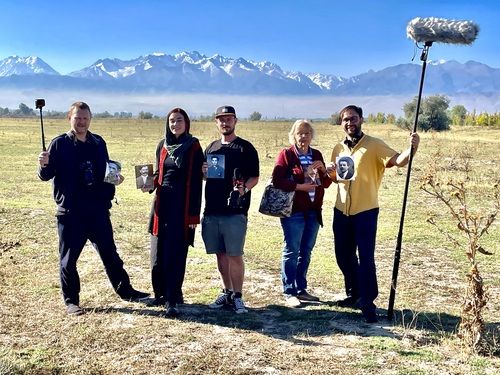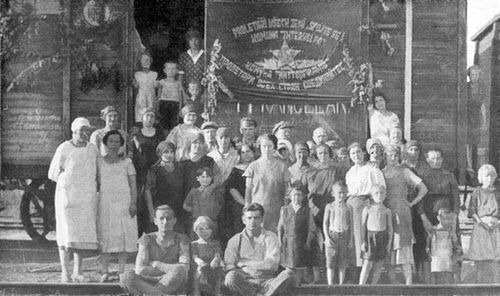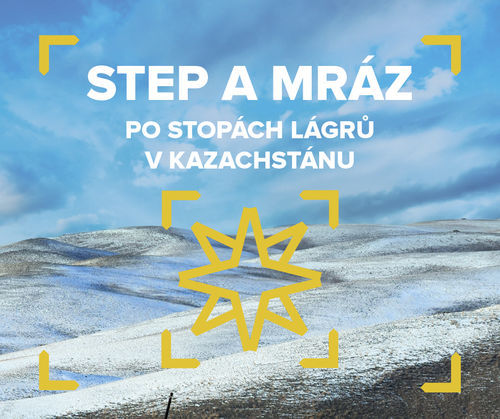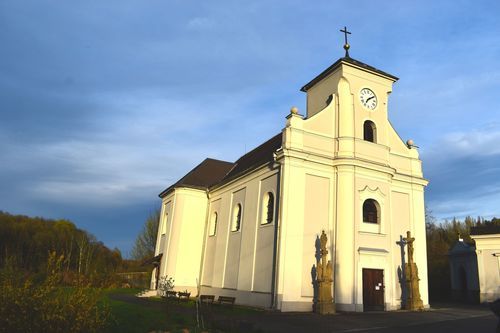We organise archaeological and research expeditions to the sites of former Gulag labour camps and to the traces of Soviet repression, during which we document the current appearance of the camps. We have made four expeditions to Siberia. In August 2009, March 2011 and September 2013 we mapped the remains of the Gulag camps along the so-called Dead Line. Another expedition in August 2016 took us to the Kodar Mountains to the Marble Gorge, where we documented camps used for uranium mining. In 2021 we mapped the remains of the Nazi camps in Stara Karvina and also set out to map the remains of the Gulag and the Czech context of Soviet repression in Kazakhstan. In 2024, we were on an expedition to retrace the footsteps of repression and its Czechoslovak victims in Kyrgyzstan.
===
Expedition 2024 - Kyrgyzstan
At the end of August 2024 we set out in search of Czech traces and evidence of Soviet state terror in Kyrgyzstan. The result is a documentary film and a special website collecting all our findings. The film, entitled "Buried Hopes" and subtitled "Expedition to find the fate of Czechoslovaks in Soviet Kyrgyzstan", was premiere on 24 April 2025 in Prague's Cinema Aero and on 28 April in DK Poklad in Ostrava.
===
Expedition 2021 – Kazakhstan
Soviet repression in Kazakhstan and its Czech footprint are mapped by our new documentary film and website. The remains of labor camps are still preserved in the magical Kazakh landscape and in the memory of local residents. In November 2021, we therefore undertook an expedition to this post-Soviet country, and at the beginning of 2024 we bring testimony to its dark past, framed by an adventurous journey across the merciless winter landscape.
===
Expedition 2021 – Karvina (Czechia)
One newly located camp for Soviet prisoners and a thorough documenting of the remains of three other Nazi camps from the Second World War - this is the result of our short research in Karviná from May 2021. The impetus for our expedition was a meeting with the writer Karin Lednicka, who drew attention to illegal logging trees and the destruction of the remains of buildings on the site of a former camp for Italian prisoners of war.
===
Expediton 2016 – Marble Gorge
In August 2016, we made another expedition to abandoned Gulag camps in Siberia. This time, we headed to the Kodar Mountains in the Chita Oblast, where Gulag prisoners mined uranium for the first Soviet atomic bombs. We documented three camps, which came under the administration of the Borsky corrective labour camp (Борский ИТЛ).
===
Expediton 2013 – Dead Road
The main objective of the September 2013 expedition had been to carefully map the abandoned Gulag camps along the eastern part of the Dead Road and create the virtual tour of Gulag on the basis of the collected data.
===
Expediton 2011 – Dead Road
In March and April 2011 we set off for the western part of the Dead Road. We first reached the city of Nadym, where we spent six days waiting for a snow transporter capable of following what is left of the railroad. In just one day we covered the 350-kilometre stretch between Nadym and Salekhard, passing the remains of tracks and Gulag camps. Though we did not have time for a detailed exploration of individual labour camps or artefacts of the railroad, we did see a great deal of them. Marshes make that section inaccessible by car in summer.
===
Expediton 2009 – Dead Road
A seven-member expedition in August 2009 explored a section of around 20 kilometres of the eastern part of the Salekhard – Igarka line, specifically around the abandoned town of Ermakovo on the Yenisei. In tough terrain and conditions (almost impassable taiga, hordes of mosquitoes and midges), the expedition documented the state of embankments, tracks and railway machinery as well as three abandoned Gulag camps that virtually nobody had visited since 1953.


